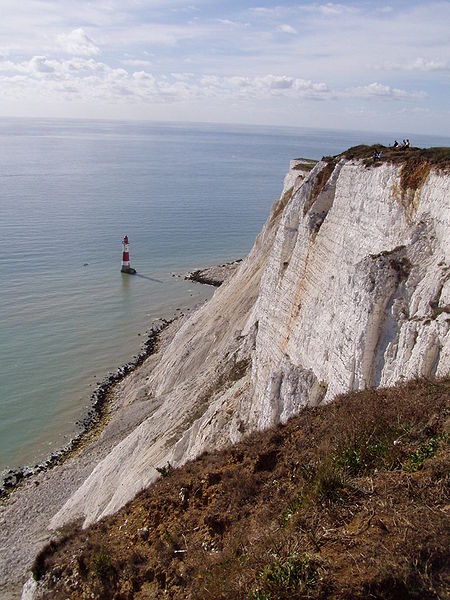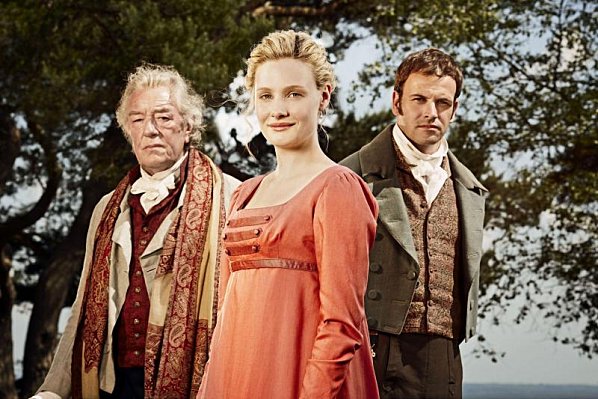The final instalment of Emma has a major challenge, to reveal the hidden agendas, and to tie up all the loose ends in just under an hour. The hurried scenes leave me with a feeling of watching a trailer, a montage of excerpts loosely linking up the story. This is especially so in the first half dealing with Jane Fairfax and Frank Churchill’s secret relationship.
If the story feels a bit fragmented in this last episode, the cinematography makes up for that shortfall. The hour is saturated with stunning shots, magnificent scenic views and exquisite interior renditions. The Box Hill picnic scene is a vivid example:
Ironically, the pivotal Box Hill scene was not shot in Box Hill, a busy tourist attraction in Surrey. Instead, it was shot in Leith Hill, Mole Valley, another much quieter scenic point. For an interesting comparison of the two hills, click here to go to ‘this is surrey today’.
The Box Hill picnic is a crucial turning point in the story. Emma’s callous and sarcastic joke on Miss Bate and the subsequent scolding she receives from Mr. Knightly is nothing short of an epiphany in self-knowledge. The genuine remorse she feels could well reflect her greatest strength. I’m sure such quality of character is what seizes Mr. Knightly with tenderness, moving him to consider her “faultless in spite of all her faults.”
I have a feeling too that this is the very reason Austen finds her heroine likable. Romola Garai has effectively portrayed a contrite and humbled Emma, while Jonny Lee Miller has delivered convincingly a silent lover with passion and principle. My initial reservation about his role has definitely changed for the better in this final episode.
Fortunately as well, the endearing lines of Mr. Knightly to Emma, no, not the ‘badly done!’ admonition, but the heartfelt praise he spurts out in spontaneity, remains intact and without any modernized alteration from screenwriter Sandy Welch. Of course it needs to be declared in its authentic whole… Miller has the best lines of the series:
“I cannot make speeches, Emma… If I loved you less, I might be able to talk about it more. But you know what I am. You hear nothing but truth from me. I have blamed you, and lectured you, and you have borne it as no other woman in England would have borne it.”
As with all Austen’s novels, the ending comes with nuptial ties. But as Masterpiece Classic’s host Laura Linney points out at the opening, considering the social discriminations inflicted upon the woman in Jane Austen’s time, allowing no ownership of properties, no decent employment (even Jane Fairfax compares the governess position with slavery), and no respect or rights given to the single female of low means, it is only a justifiable reward for the author to end her story with loving marriages for her well-deserved protagonists.
Towards this end, the camera takes us to the magnificent view of Beachy Head in the last scene. As Emma and Mr. Knightly stand on the edge of the cliff overlooking the boundless ocean, we see the series come to an idealistic end, maybe a broader stroke than that in Austen’s novel. But as some critics have noted, it is love that the author emphasizes rather than romance. From that perspective, looking outward together to the ocean vast instead of gazing into each other’s eyes may well be an apt interpretation of Austen’s heart.
***
Arti’s reviews of Emma (2009), Episodes 1 to 3, have been compiled into one article and published in the Jane Austen Centre Online Magazine. CLICK HERE to read the many other interesting articles on Jane Austen and her time.
**Photo Sources: Box Hill Picnic bbc.com; Beachy Head, not a scene from the movie, taken from Wikimedia Commons.



